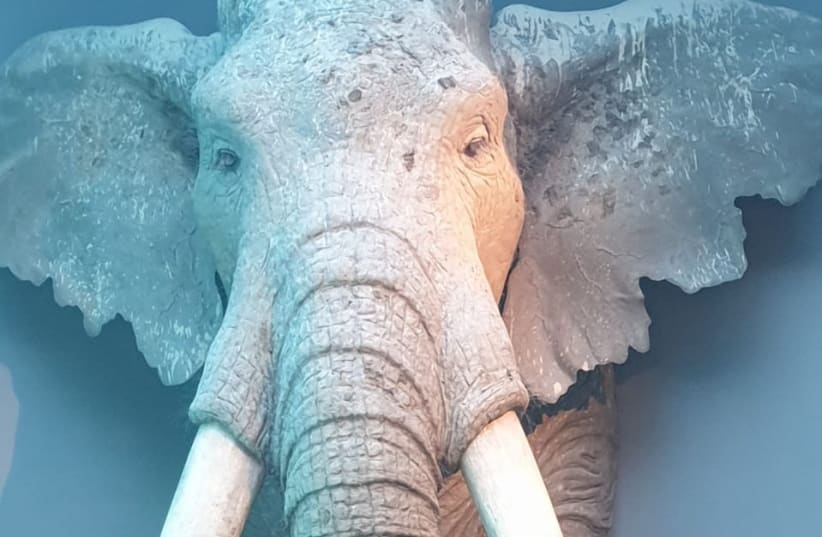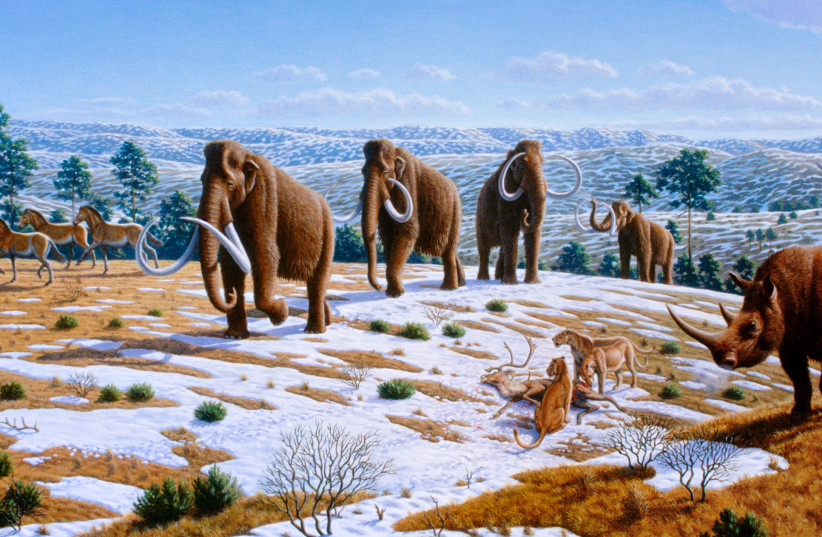Neanderthals frequently hunted and butchered elephants in Europe thousands of years ago, a recent analysis of marks made on straight-tusked elephant bones reveals.
The evidence comes from the Neumark-Nord 1 site near Halle, Germany, where 3,122 bones, tusks, and teeth – thought to come from more than 70 straight-tusked elephants – have been found, dating to around 125,000 years ago. Straight-tusked elephants (Palaeoloxodon antiquus) were the largest terrestrial mammals of the Pleistocene, present in Eurasian landscapes between 800,000 and 100,000 years ago.
The findings, which led the research team to speculate that Neanderthals must have lived more stationary lifestyles in larger units than commonly believed, were published Wednesday in peer-reviewed journal Science Advances.
These remains have been studied extensively, but researchers have so far been unable to confirm speculations that Neanderthals – who also inhabited Eurasia during that period – may have hunted or scavenged the giant creatures.
What proves elephants were hunted and butchered by Neanderthals?
In the new findings, the research team identified cutmarks on skeletal remains from the Last Interglacial that suggest these elephants were routinely hunted and butchered by Neanderthals.
By analyzing bone surfaces under a microscope and reviewing what was discovered earlier about the remains, the researchers inferred that Neanderthals cut, hacked, and extracted parts of the animal in an orderly way, leaving distinct markings on the bone surfaces.
With male elephants weighing as much as 12 tons, the study explains, butchering an animal of this size must have involved multiple tools and butchers, taken days to complete, and yielded copious amounts of meat that could have lasted for up to 3 months for as many as 25 people, the researchers say.

